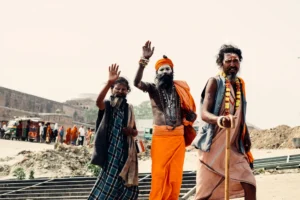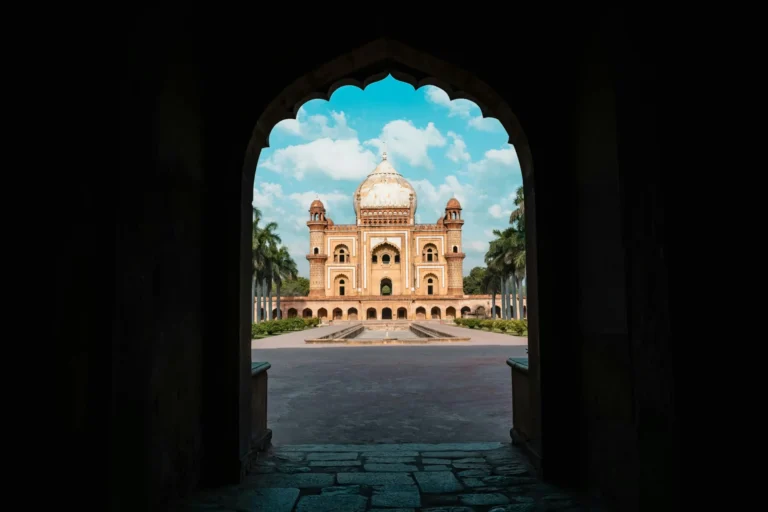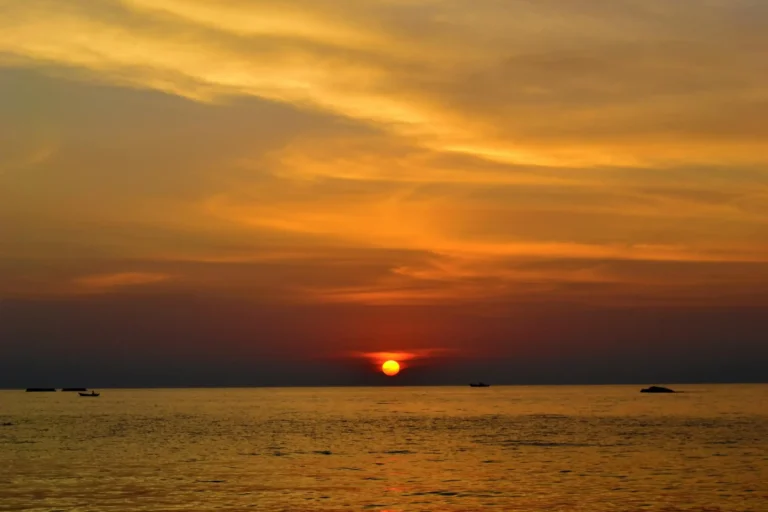India is known worldwide for celebrating gods, goddesses, and Mother Earth’s spiritual existence. One amazing festival that celebrates the purity of Gods and their contribution to Hindu culture is the Kumbh Mela Festival.
Kumbh Mela is a very sacred festival organized in mainly 4 cities of India. These cities are: Ujjain, Nasik, Allahabad, and Haridwar. It is believed that the drops of Amrit fell into the Ganga River in these locations and that is why the waters here are very pure and sacred. Let’s explore more details about the Kumbh Mela, its history, spiritual importance, and other factors in brief in the article below.

Table of Contents
ToggleHistory of Kumbh Mela
The Kumbh Mela History dates back to the most ancient times, from the time of Samudra Manthana. As a result of the hard work and dedication of Gods during the Samudra Manthana, a Kumbh (pot) was extracted, which consisted of Amrit. To memorize and celebrate this huge event in Hindu culture, the Kumbh Mela is organized.
After the completion of Samudra Manthana, when Lord Vishnu was carrying the pot or kumbh through the Ganga River, a few drops of the nectar or Amrit fell in it. This purified the whole river and made it a symbol of purification for humans for many generations. Today, we celebrate River Ganga as the most sacred river which washes away the sins of people and purifies them. Taking a bath in the River Ganga is the main event of the Kumbh Mela.
How is the Kumbh Mela Spiritually Important?
According to the Kumbh Mela History, it is quite clear that the spiritual importance of the festival is huge in the Hindu culture. Throughout India, this festival is celebrated with lots of spiritual belief, from not only the Hindus but people of all religions and cultures.
The right occasion and Kumbh Mela Dates only appear after every 12 years. However, after every 6 years, an ‘Ardh Kumbh Mela’ is also organized for people to enjoy. During Kumbh Mela, the main and unavoidable aspect is to take a bath in the holy waters of Ganga. These waters are considered as Amrit which can purify all of people’s sins and help them reach ‘moksh’, liberation from the cycle of life.
Duration of the Kumbh Mela Festival
The Kumbh Mela festival is organized between 30 to 45 days after every 12 years. Access to the Hindu Holy Bath is planned only during the holy hours which are also called the Brahma Muhurta of the day.
According to the Hindu culture, the Brahma Muhurta for the day starts at 5.25 AM early morning and continues to about 6.18 AM. Having a holy bath in the River Ganga during this time is considered very sacred and that is why there is a huge rush in the Kumbh Mela during this time every day.

Scientific Theory Behind the Kumbh Mela Festival
Along with having high spiritual importance, the Kumbh Mela also has some scientific base behind its creation and organization. It is believed that during the time of the Kumbh Mela, the planet Jupiter gets aligned with both the Sun and the Earth. This aligning of all three 3 celestial bodies ultimately increases the electromagnetic field around Earth to a greater extent than usual.
This is a very rare event that occurs only once in about 12 years and that is why Kumbh Mela occurs only once in 12 years. Also, during this time, the geomagnetic forces of the 4 primary places of the Kumbh Mela are very strong and powerful. It is believed that all the Earth’s energy is concentrated between these 4 locations during the time of the Kumbh Mela.
That is why Kumbh Mela not only has spiritual but scientific significance as well. Along with the spiritual belief of receiving ‘moksha’ by bathing in the River Ganga during this time, absorbing the power of the natural forces is the scientific benefit of the same.
Interesting Facts About Kumbh Mela
Some of the most interesting facts about Kumbh Mela are –
- According to UNESCO, Kumbh Mela is recognized as one of the most peaceful gatherings happening once in a decade throughout the world.
- Every location of the Kumbh Mela (Haridwar, Ujjain, Prayagraj, and Nasik) holds the festival in rotation for 12 years.
- To attain ‘moksha’, there are some specific dates on which dips in the holy waters should be taken in the rivers of any of the 4 locations where the Kumbh Mela is held.
- Along with traditional rituals, some modern equipment support is also provided for extra safety and security throughout the Mela. These may include security cameras throughout the place, live monitoring of the crowd, mobile hospital service, etc.

Conclusion
It is quite clear from the above article that the importance of Kumbh Mela is very huge, not only in India but worldwide. Therefore, visiting Kumbh Mela and taking a bath in the holy waters is surely an experience that everyone should have at least once in their lifetime.
Which God is worshipped in the Kumbh Mela?
The Kumbh Mela Festival is a special event in which worshipping Goddess Ganga is considered sacred. All people visit the Mela and have a holy bath in the waters of Ganga to purify themselves.
How often is the Kumbh Mela Festival organized?
The Kumbh Mela is a very rare festival which is organized only once in about 12 years. That is why the importance of Kumbh Mela is huge in the Indian (especially Hindu) culture. Not only India, the influence of this festival has now spread throughout the world.
What is the most important aspect of the Kumbh Mela?
The most important aspect of Kumbh Mela is the Hindu Holy Bath which is done in the sacred and holy waters of the River Ganga.
Also, for taking this bath, organizing the festival according to the particular Kumbh Mela Dates is very important to attain ‘moksha’, the ultimate goal of human life.


